Using #the4thbox: Play and Political Imagination
June 23, 2016 3 CommentsThe Comms team has used #the4thbox twice now with gathered groups of people and it’s had pretty astounding results. We find it is a helpful way to get people out of an intellectual space about equity, and into an imaginative space about the world we want.
Session 1: IISC Staff and Board Day
Our first use was at an IISC staff and board meeting. We were in the early stages of developing the cut-out kit with Angus Maguire and the Center for Story-based Strategy, and we used this moment to learn about user experience.
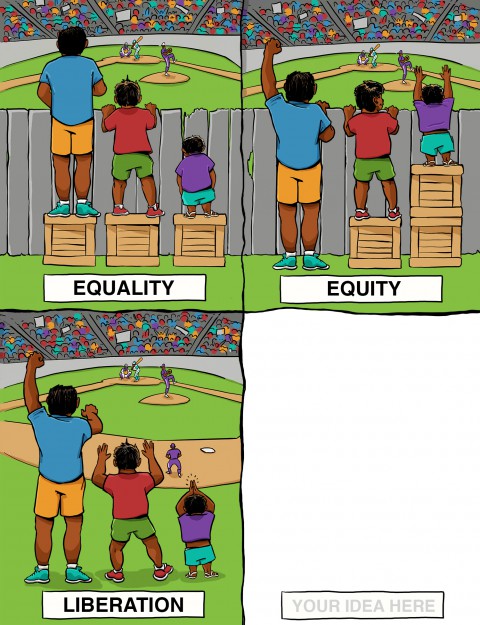
We presented people at tables with characters, and the image of Equality, Equity, and Liberation, with a blank box left open. Groups of 4-6 people had about eight minutes each to come up with an idea to illustrate. Some people used parts of the original image to illustrate their own new idea; others just drew in what they wanted to see. Some people just wanted to talk about their ideas; others wanted to express ideas in writing. Overall, people were able to engage the activity, even without having anything to go with other than what we handed them. Some people got creating before we even explained what to do!
Observing the challenges and flow this group experienced with the tool, we gained important information for how we should present the cut-out kit.
Session 2: International Visitor Leadership Program
Our second use was with a visiting group of about 30 international journalists and communications people who were touring the US to explore media literacy. They came for a visit with us to explore digital engagement, online journalism, and innovations in media and technology. We were curious to see how the4thbox would work for an international group, and hoped that getting them talking to one another would be helpful.
By this time, #the4thbox cut-out kit was ready to go and so we rolled it out. We asked the participants to pair up and then fill in the empty box with what they wanted to see. There were 2 or 3 people who had questions about how to get started and it was helpful to show some of the pieces made during the IISC Board and Staff day. Most people, however, had already gotten started with creating/illustrating their vision(s). We didn’t have much time so to keep the energy level high, and to make sure we didn’t run over time, we kept “the making” to about 10 minutes.
At the end of the play time, we asked for a few groups to share their creations and say a little about them. We intended for only a few groups to share, but once the sharing started, everyone wanted to get in!
In follow-up communications from the program, they expressed thanks for how the4thbox gave the group an opportunity to connect, in ways that no other presentation they’d been to on their tour did.
Have you tried #the4thbox?
For us, #the4thbox is about creating a playful space for people to work together and imagine what else could be. With your feedback, we can keep making it better.
Have you used #the4thbox cut-out kit in a room?
What was your experience?
How are you using it?
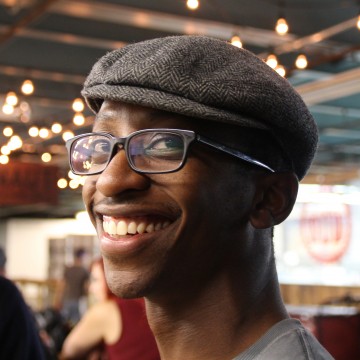
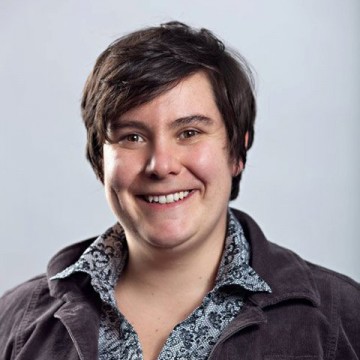
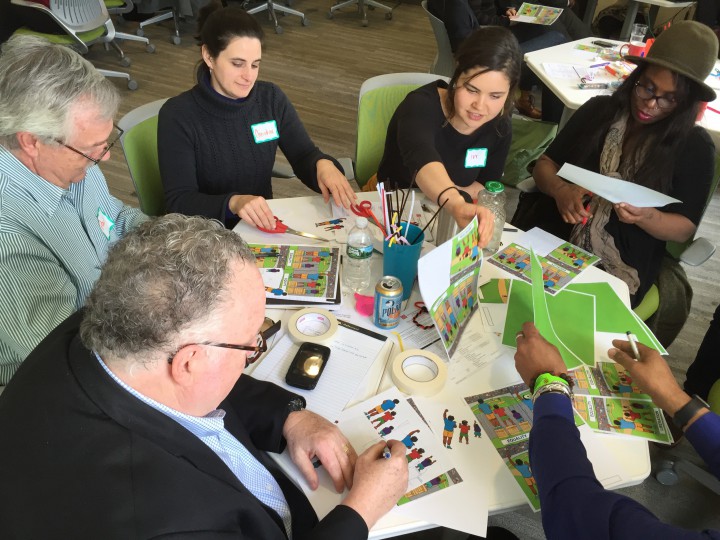
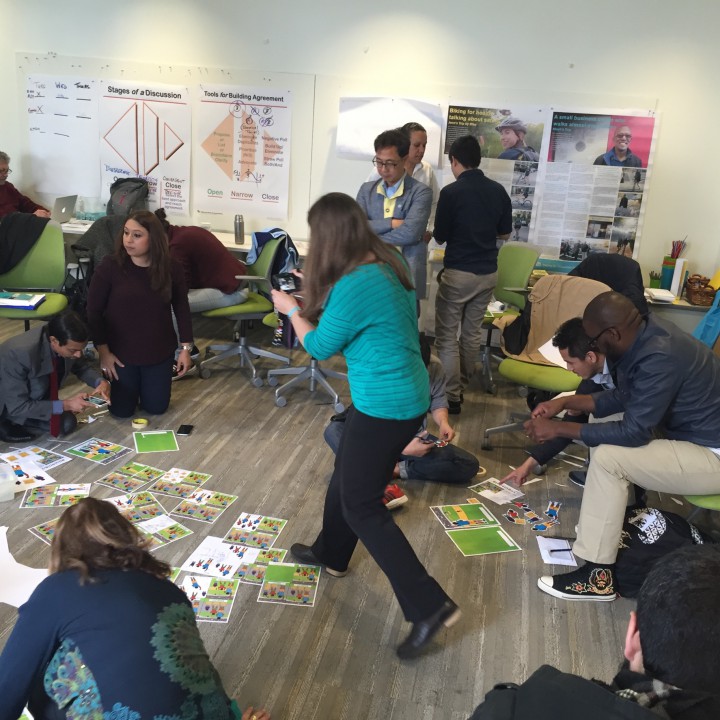
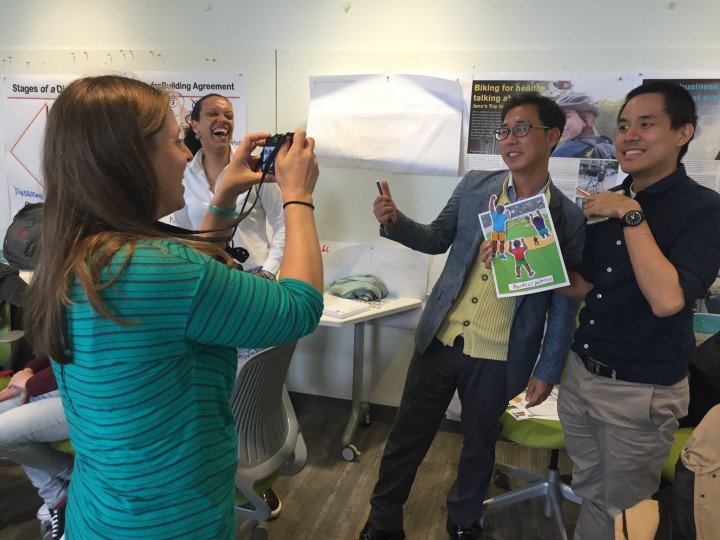
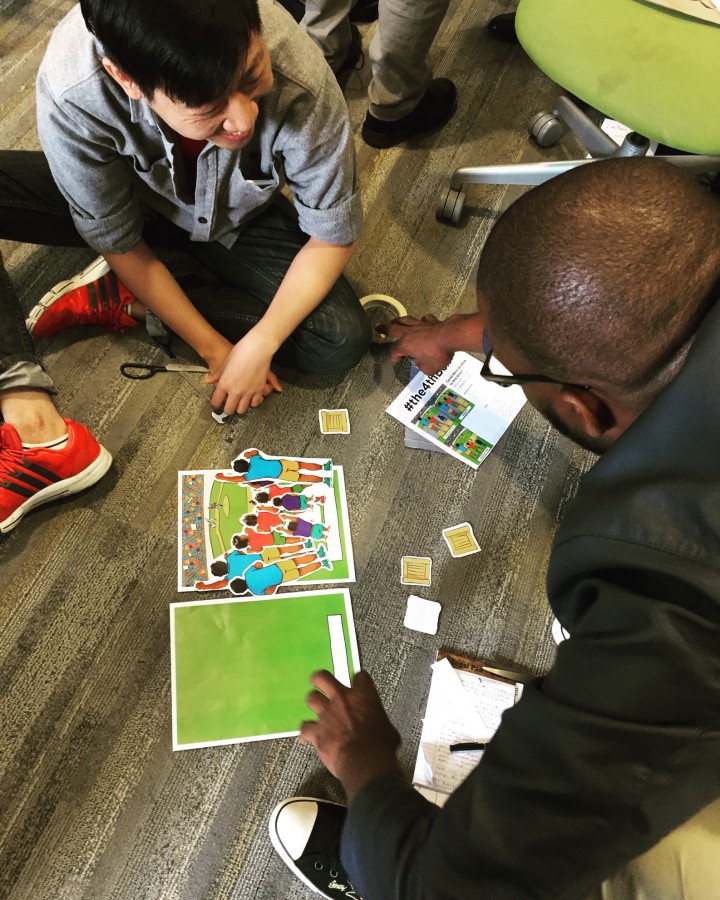
3 Comments
I’ve been working on the 4th box for years. It begins by redefining mechanisms to wage, salary, education and opportunity gaps. My focus is education. While a high percent of African Americans are unsuccessful in schools 5-6x more White students fail to achieve. Achievement may be correlated to thing that go with race-but we need to walk back from thinking that’s what causes it. What causes opportunity discrepancies is a human function that occurs with all of us in some arenas of our lives. Overcoming it relies on understanding that the color of skin does not cause inequity. However, due to stereotype threat (Steele) and cultural world views (Spring), African Anericans are negatively impacted in public education.
By changing how I teach-with 135 minutes of intervention over a school year, I closed the achievement gap in growth for my African American Juniors on the ACT. Imagine what could happen if taught that way K-12.
Please visit http://ceinstruction.com to learn more.